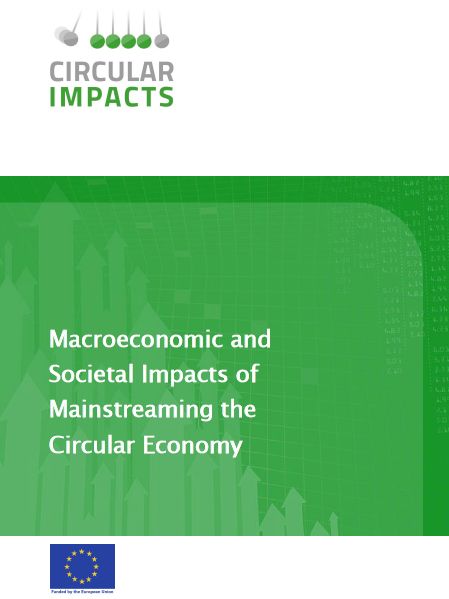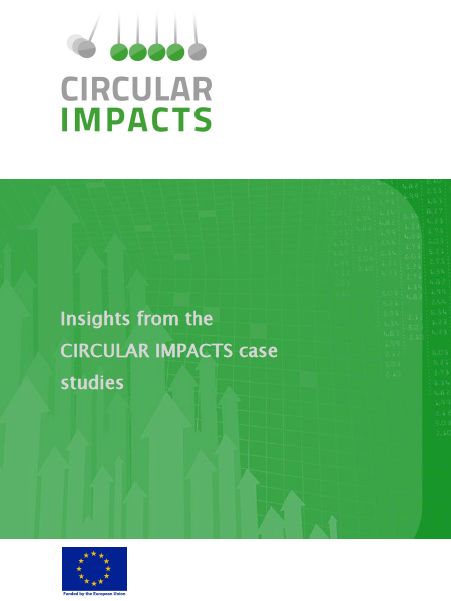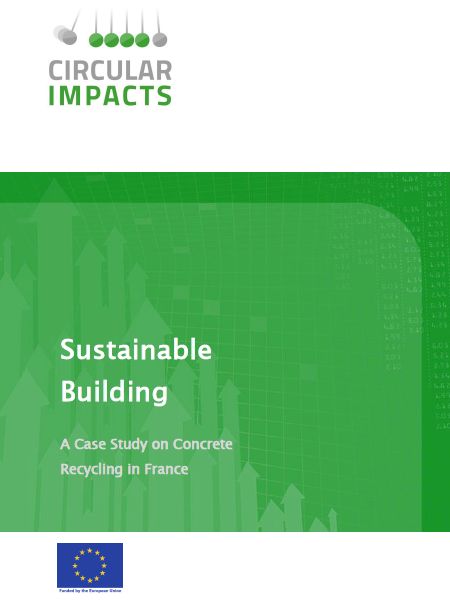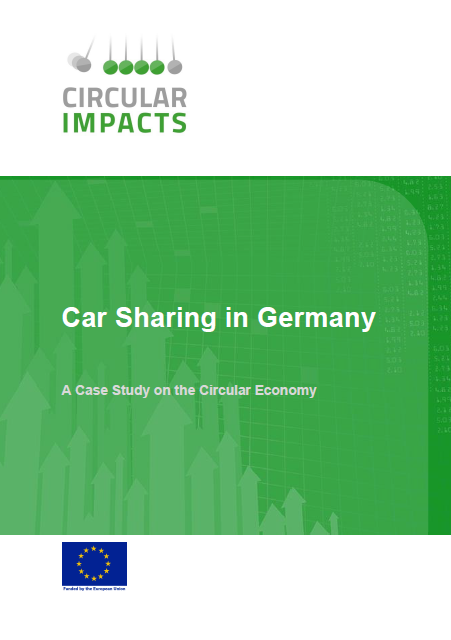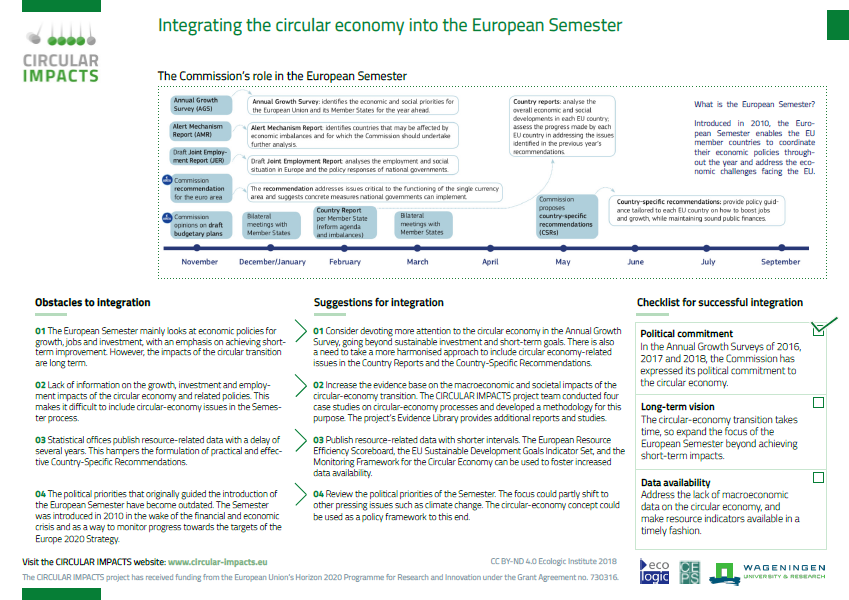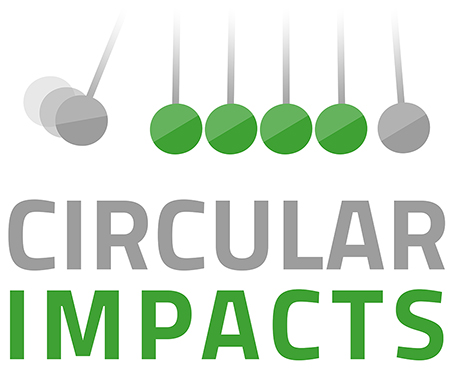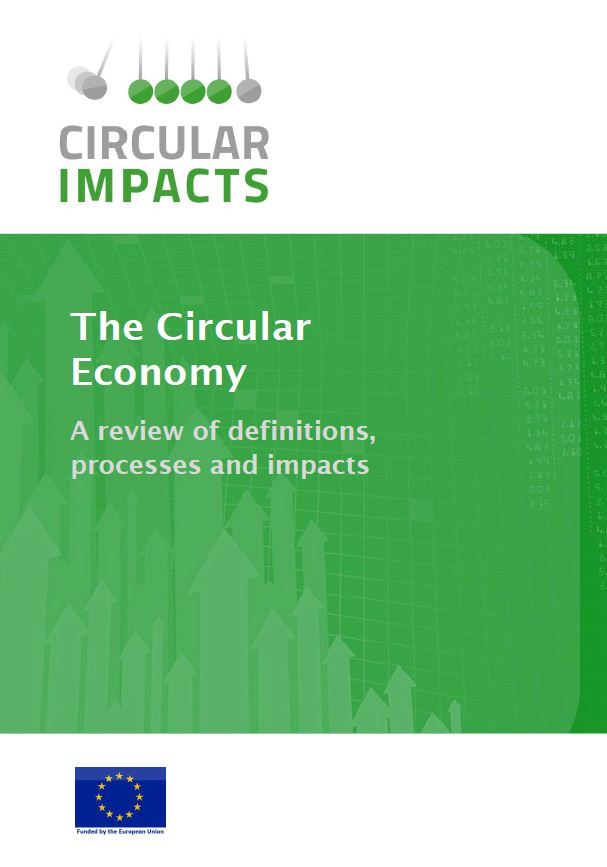Methods for Measuring Impacts of Circular-economy Transitions
- Publication
- Citation
Ecologic Institute (2018): Methods for Measuring Impacts of Circular-economy Transitions. Infographic
This infographic illustrates the strengths and weaknesses of various methods for measuring the impacts of circular-economy transitions.
The infographic is licensed under a Creative Commons license CC BY-ND 4.0, i. e. it can be used without any changes if the author is mentioned. The infographic is part of a series of three infographics about the circular-economy in transition in Europe, developed by Ecologic Institute.
- Language
-
English
- Credits
Concept: Aaron Best and Laurentius Duin (Ecologic Institute)
Graphic design: Arif Jensen (Ecologic Institute)- Funding
-
European Commission, Executive Agency for Small and Medium-sized Enterprises (EASME), International - Year
- Project
- Project ID
- Keywords
-
circular economyEuropedesign, layout, infographic
Ecologic Institute (2018): Integrating the Circular Economy into the European Semester. Infographic
Ecologic Institute (2018): Step-by-step Methodology for Case Studies on the Circular Economy. Infographic
Ecologic Institute 2016: CIRCULAR IMPACTS Online Library. URL: https://circular-impacts.eu/library
BioSTEP consortium (2017): Creating Networks for the Transition to a Bio-based and Circular Economy. BioSTEP Policy Paper.
Rizos, Vasileios et. al. 2017: The Circular Economy. A Review of Definitions, Processes and Impacts.
Svatikova, K., I. Artola, S. Slingerland and S. Fischer (2015). Selling Solar Services as a Contribution to a Circular Economy. RECREATE Project Policy Brief No. 1.
Conference:Impacts of the Circular Economy Transition in Europe – CIRCULAR IMPACTS Final Conference
- Date
-
- Location
- Brussels, Belgium
